Research Focus: Smart Cities
Current Research Projects
| Data-driven grid planning | ||
| Goal |
|
|
| Methodology |
|
|
| Results |
|
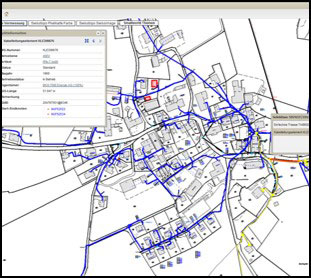 |
| Identifying spatial key performance indicators for the use of carsharing services | |||
| Goal |
|
||
| Methodology |
|
||
| Results |
|
||
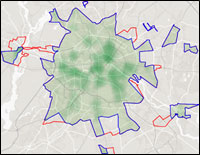 |
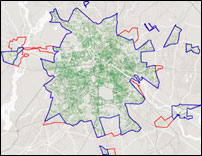 |
Expected demand according to points of interest (left), compared to actual demand (right) | |
| Publications |
|
||
| Spatial relationships from social media | |||
| Goal |
|
||
| Methodology |
|
||
| Results |
|
||
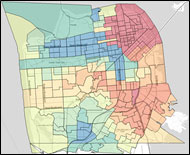 |
 |
Spatio-temporal observations (left) can be used to calculate the probability of certain events (right) | |
|
Publications |
|
||
Completed Research Projects
| Demand Response |
|
| Goal |
|
| Methodology |
|
| Results |
|
| Publications |
|
| Information Systems for Vehicle-to-Household Integration | |
| Goal |
|
| Methodology |
|
| Results |
|
| Publications |
|
| Optimal placement of electric vehicle charge points | ||
| Goal |
|
|
| Methodology |
|
|
| Results |
|
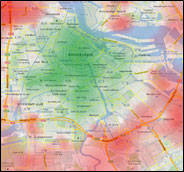 |
| Publications |
|
|


